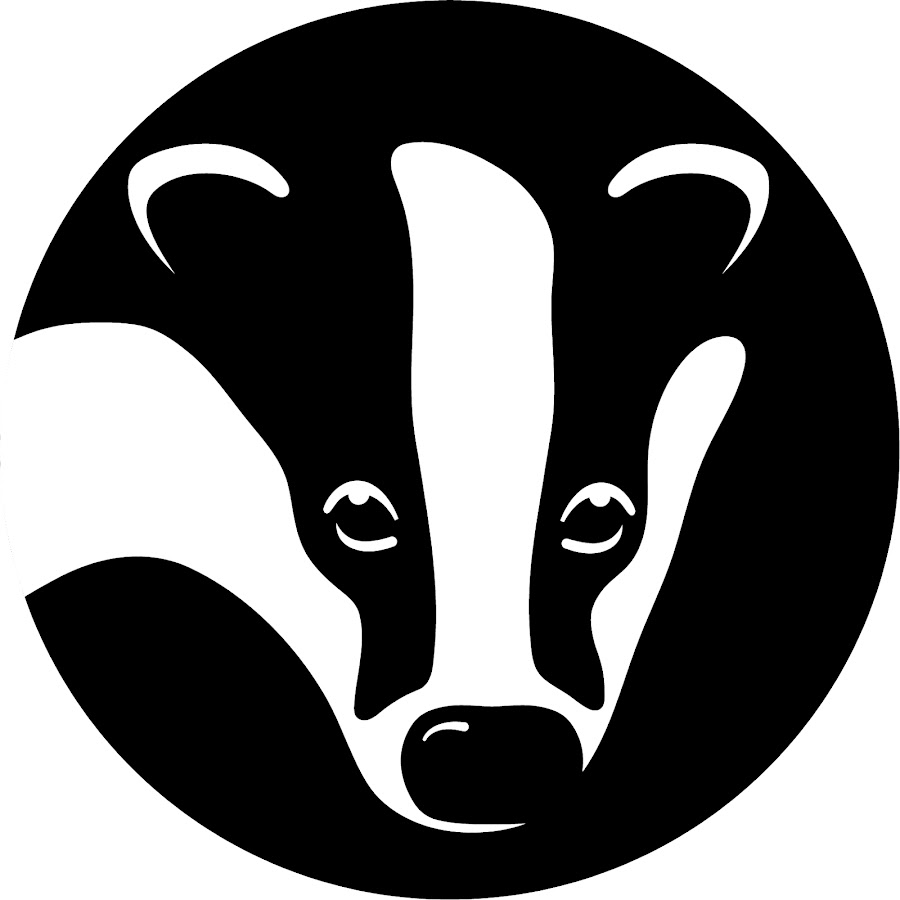The Knepp estate in West Sussex is home to the first white stork born in the wild in Britain for over 600 years. It’s a place where endangered bats, turtle doves and nightingales are thriving, where “officially extinct” large tortoiseshell butterflies are breeding and where tens of thousands of people visit each year to experience “a story of hope” about the resilience of nature in the face of the global climate emergency.
There have been many exciting changes at Knepp since 2018, when Isabella Tree wrote Wilding, her award-winning book about rewilding an unprofitable 3,500-acre arable and dairy farm. Now she has written a captivating illustrated book, Wilding: How to Bring Wildlife Back – An Illustrated Guide, updating her readers about extraordinary developments at Knepp and offering practical advice about rewilding their own spaces, however small.



Depending on how long ago, I was likely on a plane traveling the globe visiting farmers on every continent.
FYi South Africa yields are a bit better than the example above. 35bu/acre every year dryland. Of course irrigated in the same region is 115bu/acre.
The only reason the above example still exist is because of government subsidies.